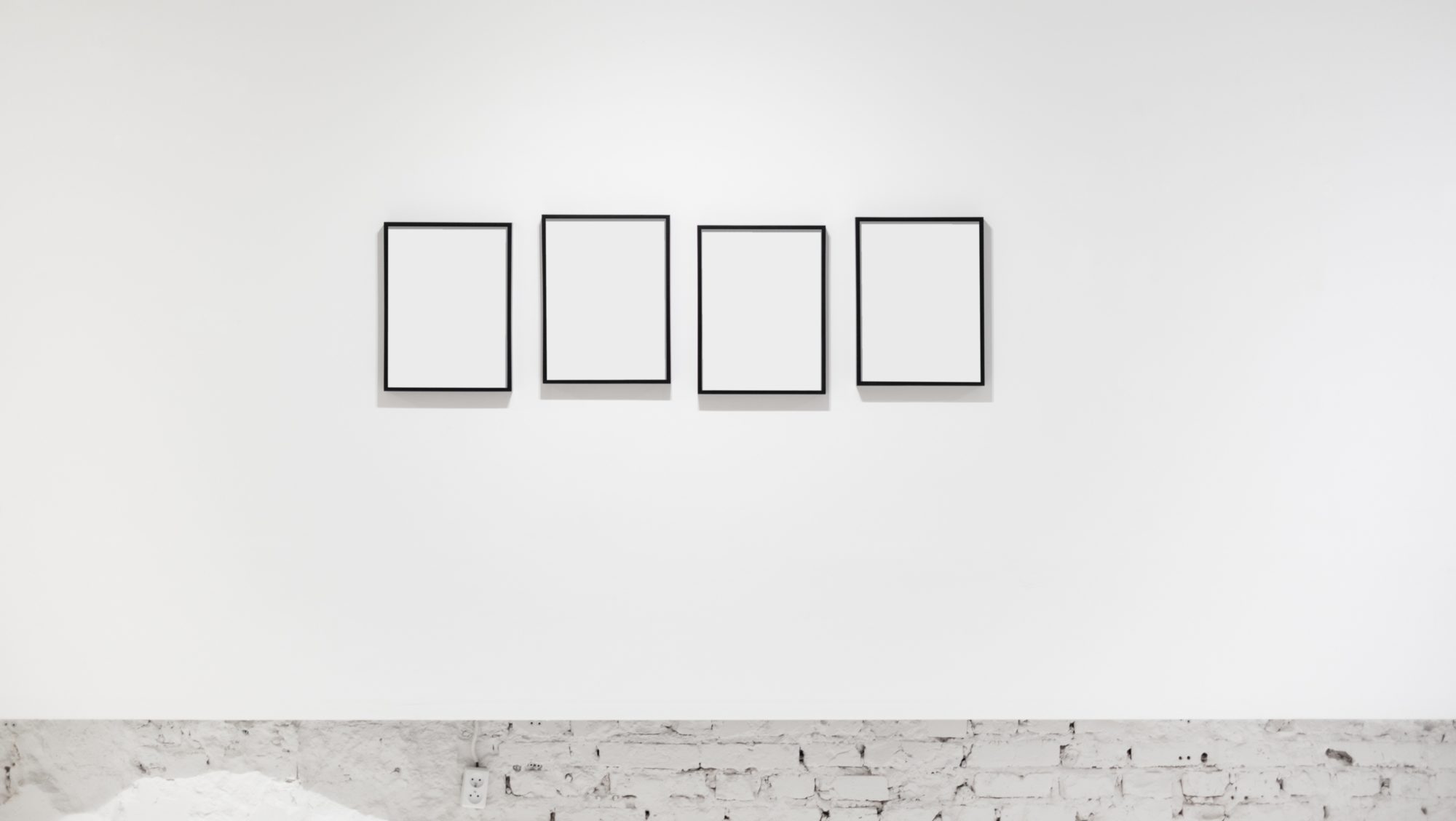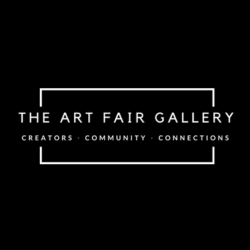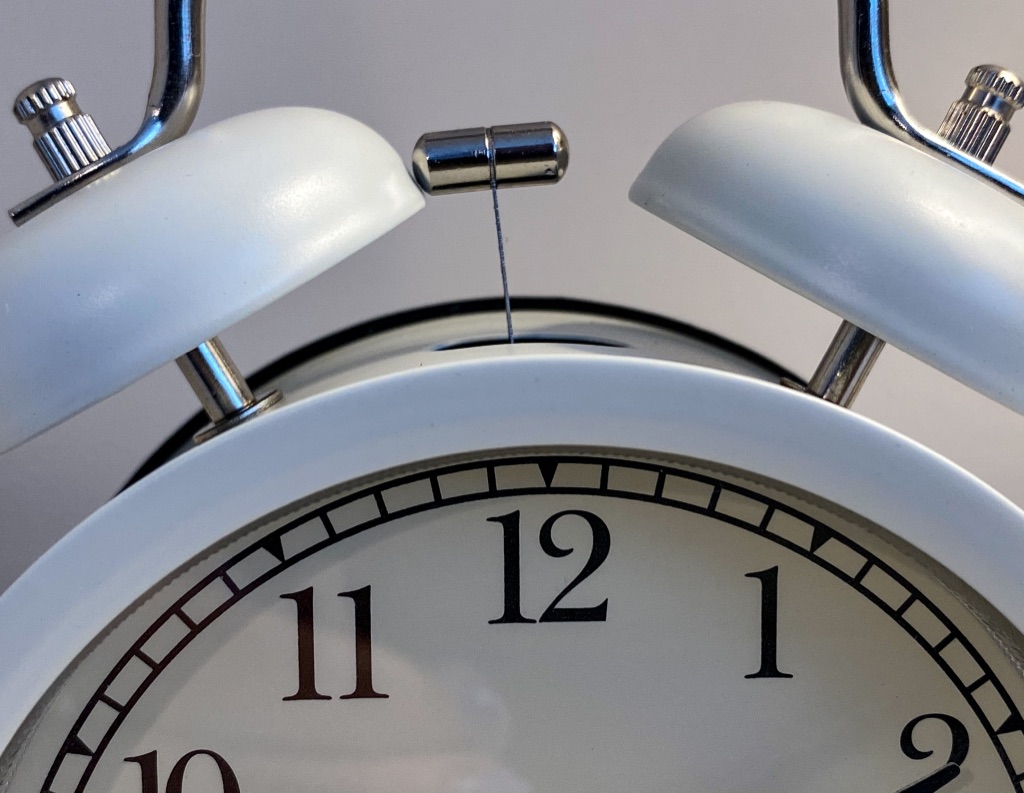There may be no perfect time for your art fair, but there are definitely better days than others . Setting a date and time for an art fair requires careful consideration to ensure it doesn’t conflict with other large events in the area and is convenient for artists and potential attendees.
Here are some steps to help you make sure you choose the optimal date and time:
Research Local Events:
Start by researching the local events calendar for the area where you plan to host the art fair. (Or look at the same time last year.) Look for major festivals, holidays, and other events that could draw a significant crowd.
Consult with Artists:
After each event, send out a survey to your participating artists. Find out how things went. Also, reach out to artists you’d like to participate in the art fair and inquire about their availability. Ask for their input on preferred dates and any conflicts they might have with other events or commitments.
Survey Potential Attendees:
Conduct surveys or gather feedback from your target audience to understand their availability and preferences regarding the date and time of the art fair. Include sponsors as well as past attendees.
Consider Weather Patterns:
Depending on the location and time of year, consider weather patterns that could impact attendance. Avoid extreme weather conditions or conflicting seasons when planning the event. (Hurricanes?)
Weekend Availability:
Generally, weekends are more suitable for art fairs as many people have more free time to attend. This doesn’t mean a weekday preview party or a Thursday start date isn’t a good idea.
Venue Availability:
Ensure the venue you wish to use for the art fair is available on the date you have in mind. Book the venue well in advance to secure your preferred date. (Closely tied to Coordinate with Local Authorities)
Check School and College Schedules:
If the art fair is in a college town or near schools, check their academic calendars to avoid scheduling during peak exam periods or holidays. Students are a great source of potential volunteers.
Cultural and Religious Observances:
Be mindful of significant cultural or religious events that might affect attendance, especially if your target audience or artists come from diverse backgrounds.
Coordinate with Local Authorities:
If your art fair requires permits or cooperation from local authorities, consult with them early in the planning process to determine the best date that doesn’t clash with other events they may have scheduled.
Consider Previous Years’ Success:
If the art fair is a recurring event, analyze the dates of previous years’ editions and consider any feedback from artists and attendees regarding the timing. Moving a holiday market to either before or after Thanksgiving. Or changing the fair from a major holiday weekend to different one.
Networking with Local Event Organizers:
Reach out to other art fair organizers in the area to get insights into their event schedules and avoid overlapping. You don’t want to compete with them directly for artists, sponsors, and customers. (Take a look on Art-Linx to see when other organizers have scheduled events.)
Flexibility and Backup Plan:
Have a few potential dates in mind and be prepared to be flexible if there are unavoidable conflicts. Additionally, have a backup plan in case your preferred date is not feasible.
By carefully considering these factors and involving artists and potential attendees in the decision-making process, you can increase the likelihood of setting a date and time for the art fair that works well for everyone involved.




I create bespoke, handpainted portraits, mainly focused on pet commissions, but am also able and inspired to paint people, homes and other scenes upon request. I use bright colors and always work to capture the energy and vibrancy of my subject matter.
We would love to have you join the community.